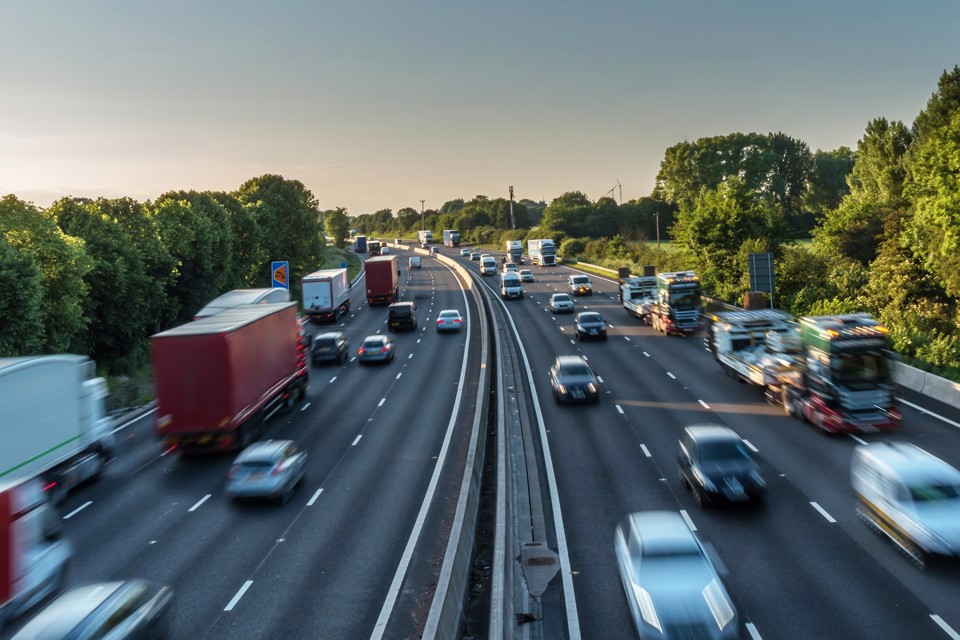Analysis by the AA shows car journeys declined most on Easter Sunday, falling to 20% of the normal level of trips expected.
A review of more than 15,000 daily cars journeys has established a pattern of travel during the lockdown that sees weekday journeys at around 60% lower, falling another 10% on Saturdays and then heading towards the 80% down on Sundays.
The Easter period saw a 10% increase on the Thursday and then journeys holding at around two fifths of the pre-lockdown period. Although the sunny weather will have tempted more people into their cars, it is thought pre-Easter food shopping probably accounted for most of the elevated levels.
But, on Easter Sunday, car trips dropped to their lowest level yet and Easter Monday travel barely added another 10%.

Edmund King, the AA’s president, said: “For the most part, families and car drivers respected the lockdown and didn’t revert to the usual Easter exodus, travelling to see friends or out into the country for exercise.
“Empty motorways were testament to car owners heeding Government advice and not taking a holiday from the lockdown.
“Overall, we expected some increase in car journeys after the initial collapse as essential workers and volunteers took to the road again.
“However, the AA thinks that measures, such as police clamping down on cars parked at beauty spots away from where people live, may keep car journeys at their current low level for a while yet.”
He continued: “Police have also said that although the roads are quieter, they have seen some excessive speeding.
“There is no excuse for speeding even if the roads and motorways are almost empty. Speeding has led to several crashes over the last few days which ties up the resources of the emergency services, the NHS and potentially takes up precious hospital beds.”
Record low traffic levels have also resulted in harmful pollutants from vehicles falling to levels not seen in London for 70 years.
Data from 13 Government-run pollution monitoring sites in the capital point to unprecedented declines in concentrations of harmful gases such as nitrogen oxides (NOX) and nitrogen dioxide (NO2).
Experts at York University compared readings on Sunday, April 5, with those before the Government’s request for social distancing on March 16. They stripped out the effect of other factors such as wind speed and direction to make a direct comparison.
They found that levels of NOX were down by between 22 and 62% on a like-for-like basis, and NO2 reduced by between 13% and 43%.
However, they acknowledged that the fall in traffic pollution could be higher as much of the remaining background levels of the gases come from sources such as central heating.





















Login to comment
Comments
No comments have been made yet.